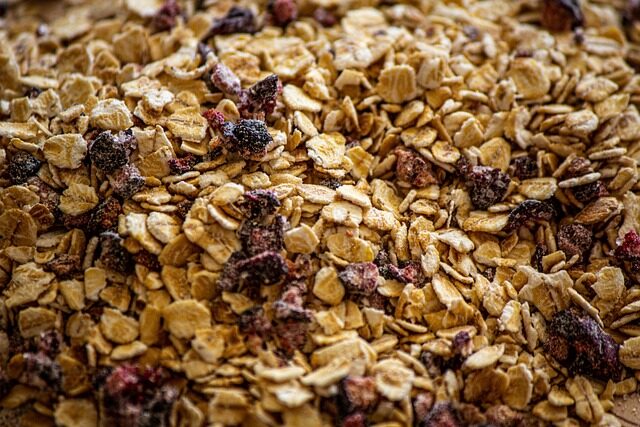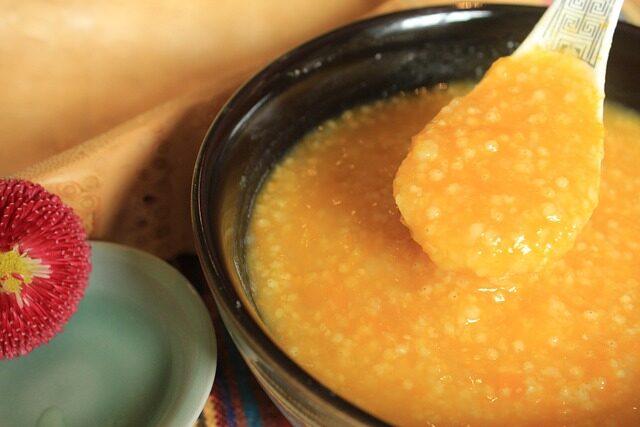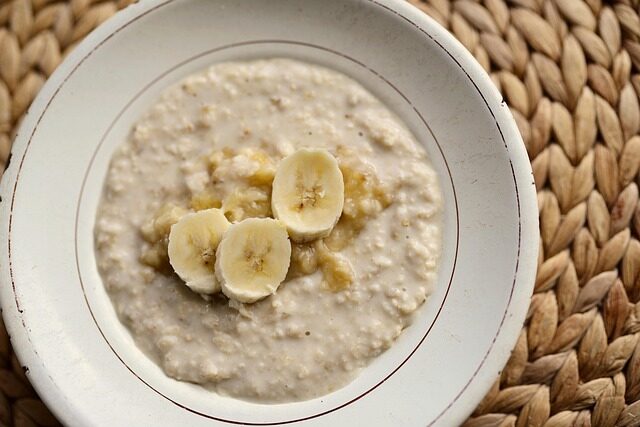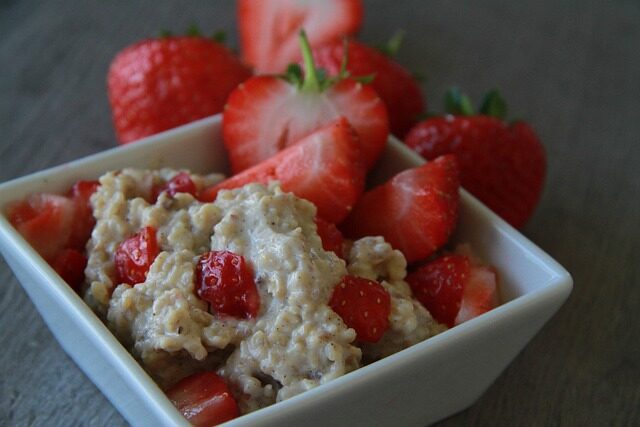Warm and comforting, Grøt encapsulates the essence of Nordic Hygge in a bowl. This traditional dish is much more than a simple meal; it’s a cultural emblem that brings warmth, happiness, and simplicity to the Scandinavian table. Whether you’re curious about its origins or seeking to recreate this cozy experience at home, Grøt remains a beloved staple in the Nordic diet.
Steeped in history and versatility, Grøt carries with it the flavors and stories of the North. From the simplest oat porridges to the rich and creamy rømmegrøt, it’s a dish that adapts to every season and occasion. Let’s delve into the world of Nordic porridge and discover the many ways it can bring Hygge into our lives.
- What is Grøt and why is it important in Nordic culture?
- How to make traditional Rømmegrøt at home?
- What are the different variants of Grøt?
- What ingredients are commonly used in Grøt recipes?
- How can you enjoy Grøt as a savory dish?
- What are some delicious toppings for Grøt?
- What is the history behind Rømmegrøt?
- What is Grøt and why is it important in Nordic culture?
- How to make traditional Rømmegrøt at home?
- What are the different variants of Grøt?
- What ingredients are commonly used in Grøt recipes?
- How can you enjoy Grøt as a savory dish?
- What are some delicious toppings for Grøt?
- What is the history behind Rømmegrøt?
What is Grøt and why is it important in Nordic culture?
Grøt, the Nordic term for porridge, is a fundamental part of Scandinavian cuisine. With its comforting consistency and heartwarming taste, Grøt has become a symbol of home and family. It’s not just a food; it’s a ritual that represents the Nordic concept of Hygge, which is all about coziness, comfort, and contentment.
Historically, Grøt has been a sustaining meal for the people of the North, providing essential nutrition during the harsh winters. Its importance is also celebrated annually on Grøtdagen, a day dedicated to enjoying this hearty dish.
Grøt’s significance extends beyond its nutritional value; it’s deeply rooted in Norse traditions and folklore. It is often associated with tales of generosity and community, as it was a dish commonly shared amongst neighbors and family.

How to make traditional Rømmegrøt at home?
Making traditional rømmegrøt at home is a delightful way to experience Nordic cuisine’s rich flavors. This sour cream porridge is a celebration staple, particularly during Norway’s National Day and other festive events.
To make authentic rømmegrøt, you’ll need high-quality sour cream, whole milk, flour, and a bit of salt. The process involves cooking the sour cream until the butterfat separates and then whisking in flour and milk to create a thick, creamy texture.
Once your rømmegrøt is ready, serve it warm with a sprinkling of cinnamon, sugar, and a dollop of butter that melts into a golden pool – a sight that is as inviting as it is delicious.
While rømmegrøt is a richer variant, everyday Grøt is often made with simpler ingredients like oats or barley, making it a versatile dish that can be easily adapted to everyday meals.
What are the different variants of Grøt?
The world of Grøt is remarkably diverse, with variants ranging from the simple and wholesome to the decadently creamy. Risengrøt, a rice porridge, is a Christmas favorite, often eaten with a pat of butter nestled in the center.

Byggrynsgrøt, a wholegrain barley porridge, offers a rustic and satisfying option that harkens back to the Viking era. This dish demonstrates Grøt’s ability to adapt and remain relevant throughout centuries.
Finnskogen’s motti, a unique blend of Finnish and Norwegian traditions, showcases how Grøt can serve as a cultural bridge, uniting different culinary heritages.
With these variations, Grøt is a testament to the creativity and resourcefulness of Nordic cuisine, transforming simple grains into an array of dishes that can be enjoyed in countless ways.
What ingredients are commonly used in Grøt recipes?
Grøt recipes are built on a foundation of grains that thrive in the Nordic climate, such as barley, oats, and rye. These grains provide a hearty texture and a nutritional punch that has sustained generations.
Dairy products also play a starring role in many Grøt recipes. From the tangy sour cream in rømmegrøt to rich milk and even homemade yogurt, dairy adds both flavor and creaminess to the dish.

Nordic cuisine is also known for its use of flavored butters and Norwegian brown cheese, which can transform a simple bowl of Grøt into a gourmet experience. These dairy products, along with the grains, form the backbone of many traditional and modern Grøt recipes.
How can you enjoy Grøt as a savory dish?
While often associated with sweet toppings, Grøt can be a delicious savory meal as well. It can be served with cold meats, a variety of cheeses, or even pickled vegetables, creating a satisfying and nutritious dish suitable for any time of day.
Incorporating seasonal vegetables or legumes into Grøt can also add depth and richness, making for a hearty lunch or dinner that is both comforting and healthy.
The versatility of Grøt is one of its most appealing characteristics; with a few simple tweaks to the base recipe, it can easily be transformed into a savory treat that reflects the fresh and local ingredients of the Nordic region.
What are some delicious toppings for Grøt?
The right toppings can elevate a simple bowl of Grøt to new culinary heights. Here are a few delicious options:

- Sweet: A classic combination of cinnamon, sugar, and butter creates a comforting and indulgent topping.
- Fruit: Fresh berries, sliced bananas, or stewed apples offer a natural sweetness and a boost of vitamins.
- Nuts and Seeds: Almonds, walnuts, or sunflower seeds provide a delightful crunch and are packed with healthy fats.
- Savory: Try smoked salmon, hard-boiled eggs, or ham for a protein-packed, savory twist.
Whether you prefer your Grøt sweet or savory, the possibilities for toppings are as vast as the Nordic landscape itself.
What is the history behind Rømmegrøt?
Rømmegrøt holds a special place in the hearts and history of the Nordic people. Traditionally, this rich sour cream porridge was a dish of celebration, often associated with the summer solstice and other high holidays.
In the past, rømmegrøt was considered a luxurious treat due to the use of sour cream, a valuable commodity. It was also believed to bring good fortune and was commonly served during important life events.
The history of rømmegrøt is a reflection of the broader story of Norwegian cuisine, one that is characterized by a deep respect for natural resources and a celebration of regional flavors.
From its humble beginnings to its modern-day status as a symbol of Hygge, Grøt continues to be an essential part of the Nordic lifestyle. Whether you’re enjoying a bowl of rømmegrøt during a festive occasion or savoring a simple oat porridge on a quiet morning, Grøt is a dish that carries with it the spirit of the North – a warm embrace in the form of a meal.


